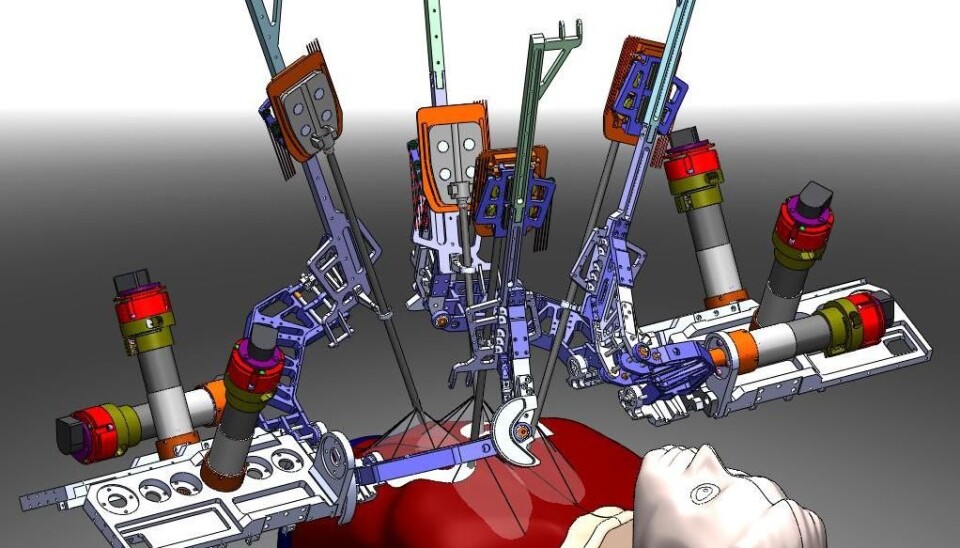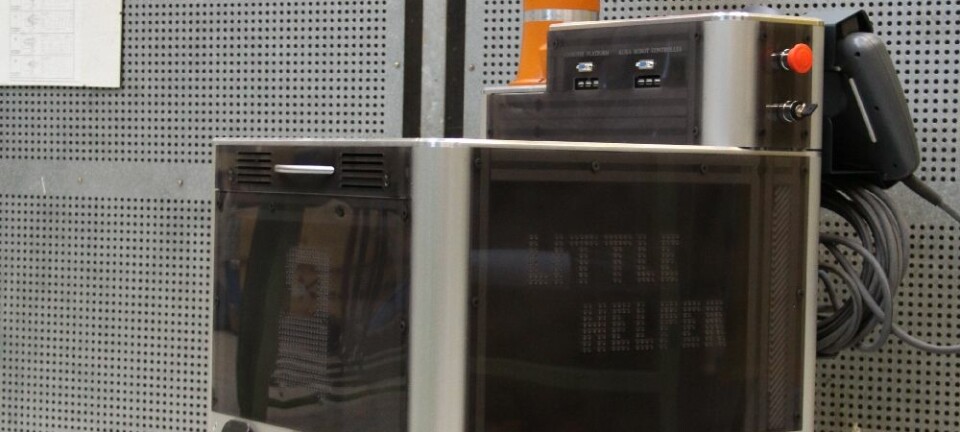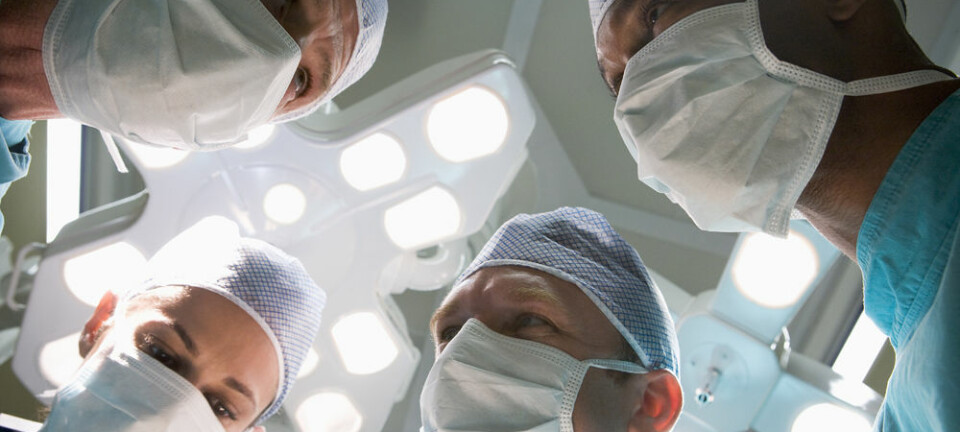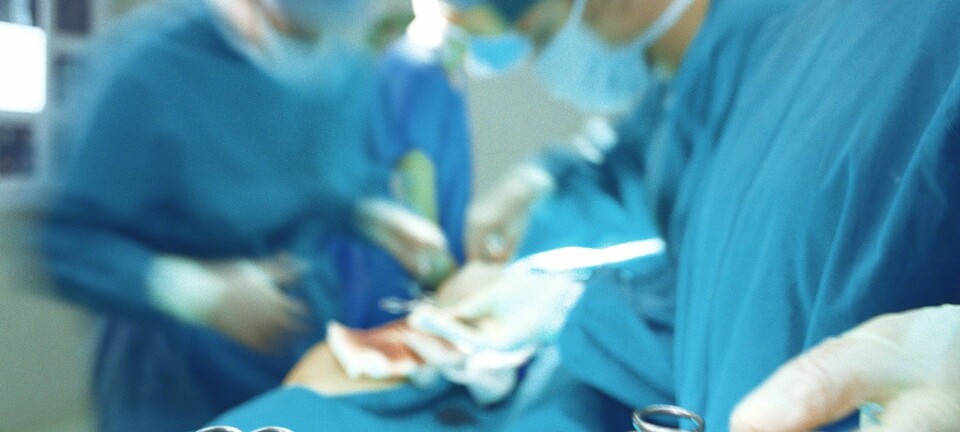
Tomorrow’s super surgeon is a robot
Scientists have developed a mathematical method to guarantee the patient’s safety when the surgery is performed by a robot.
Imagine lying on the operation table and the nurse tells you that the robot surgeon is about to start operating.
Would you trust the four robotic arms hovering above you with scalpels in their hands to do a good job at operating on your heart?
Now perhaps you can feel a little bit more at ease: Danish scientists have developed a mathematical method that can determine whether a robotic system is safe enough to operate on humans.
“Our mathematical method models the patient’s anatomy and possible movements so that these can be taken into account in the design of the robot’s control system,” says Christopher Sloth, a postdoc at Aalborg University’s Department of Electronic Systems, who together with colleagues developed the new method.
Our mathematical method models the patient’s anatomy and possible movements so that these can be taken into account in the design of the robot’s control system. By doing so, we can determine whether the robot will operate safely in all scenarios.
“By doing so, we can determine whether the robot will operate safely in all scenarios.”
Robotic surgery can save lives
With the new method, the researchers are aiming to overcome a major obstacle in surgical robotics. But Sloth is keen to point out that they have some way to go before the method is fully capable of proving the safety of complex operations.
Even though robots have an enormous potential in surgery, authorities have hesitated to implement these systems as it’s difficult to prove that they are 100 percent safe, stable and in no way harmful to the patient.
But that didn't hold Sloth back. Armed with a thesis about control engineering and a PhD in methods for formal verification of software, he set out to combine his mathematical expertise with his knowledge of robotics in the hope that it could benefit patients.
“It’s hard to prove that robots are safe and can outperform human surgeons when you can’t test them during the operations they’re designed for,” he says.
The method keeps track of body parts
Up to now, the complexity of the human anatomy has made it nearly impossible to calculate all possible scenarios in an operation and thus prove that a robotic system is safe to use.
By dividing things up, however, Sloth has managed to crack the code:
“Imagine a patient, a robot and a control system. This can be modelled as a large complex model – but it can be simplified by dividing it into smaller sub-models.”
He adds that it’s been a challenge for him to find a way of linking the sub-models together again:
“If, for instance, you’re modelling breathing and heartbeat in two separate sub-models, you need to allow for the fact that the diaphragm displaces the heart during breathing.”
Robots can outperform humans
Most people would probably prefer to have the robot surgeon replaced with its human counterpart in the scenario described at the beginning of this article. But Sloth would personally prefer a robot to do the job:
“Instead of having my whole chest cut up during heart surgery, I would rather be operated by a robot that can access the heart using small incisions between my ribs,” he says.
And since robots don’t need to cut up the chest to access the heart, the healing process is considerably shorter.
“I hope that one day my mathematical method will enable robots to perform more complex procedures and not just replicate the movements of a human surgeon, but rather assist him or her.”
Refining the method, however, takes a long time, as does gaining approval for medical use. So we will probably need to wait another ten years before the method is fully fledged.
-----------------------------------------
Read the Danish version of this article at videnskab.dk
Translated by: Dann Vinther









